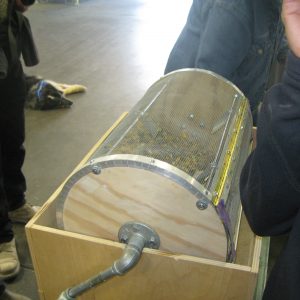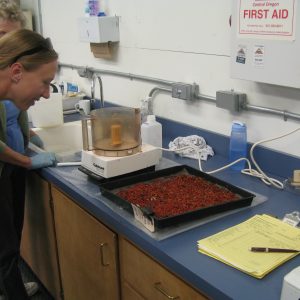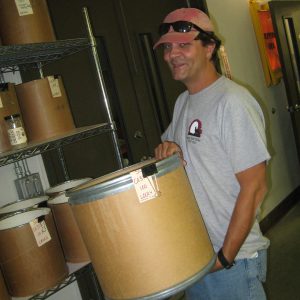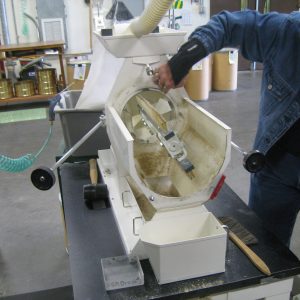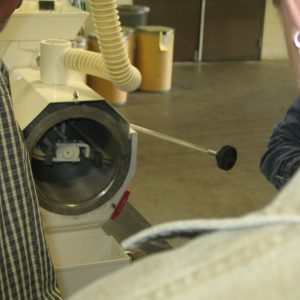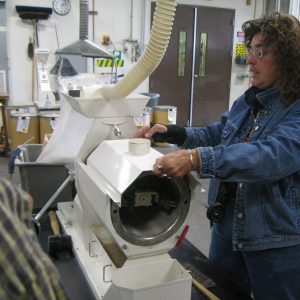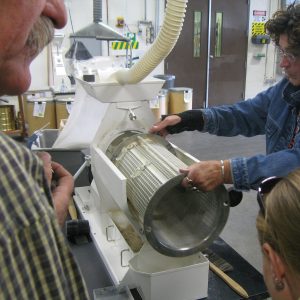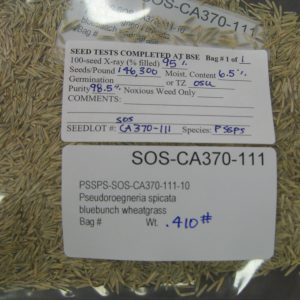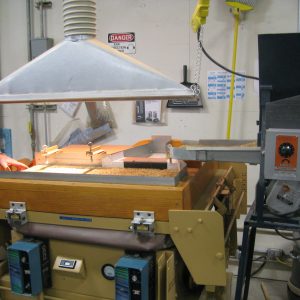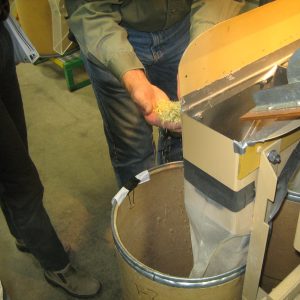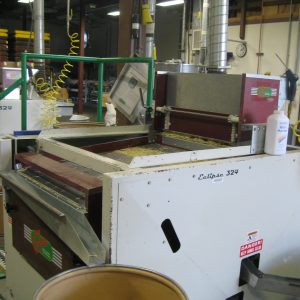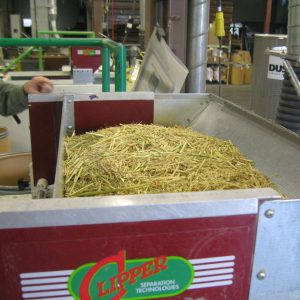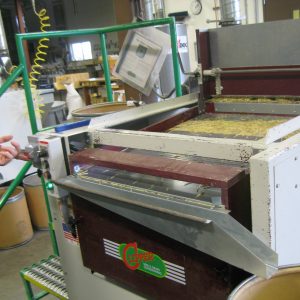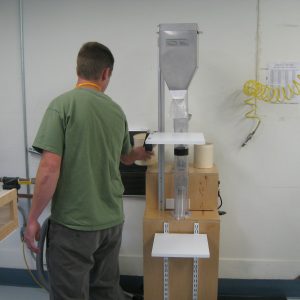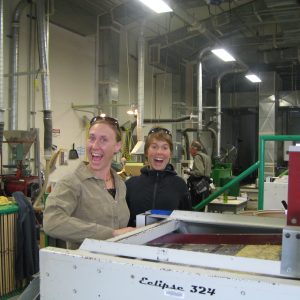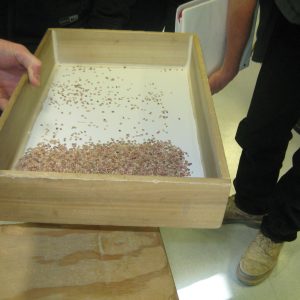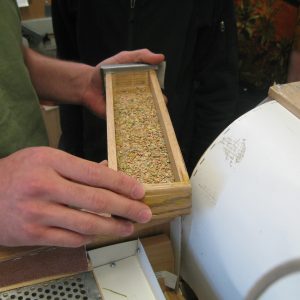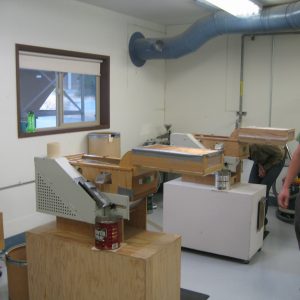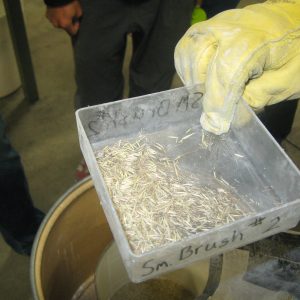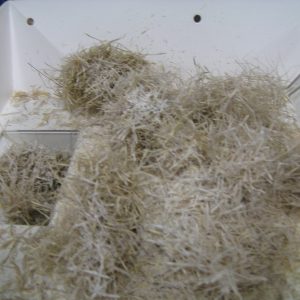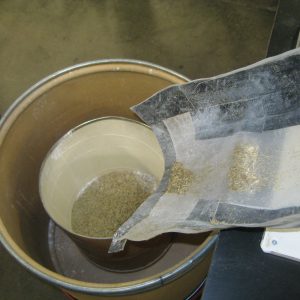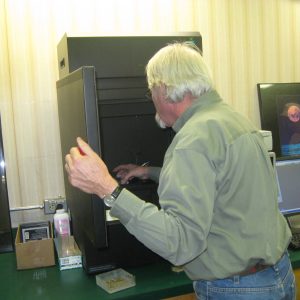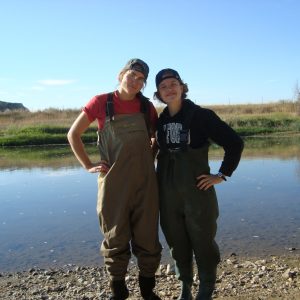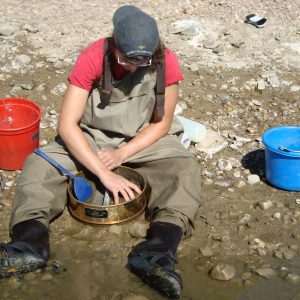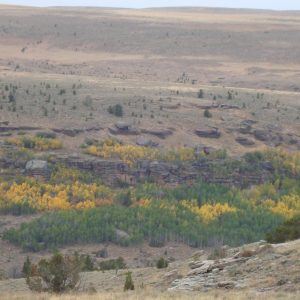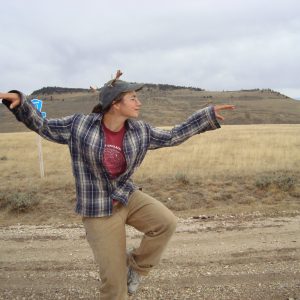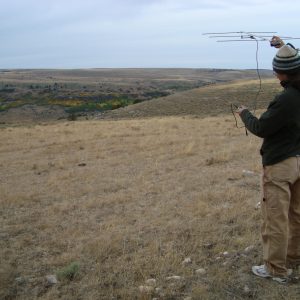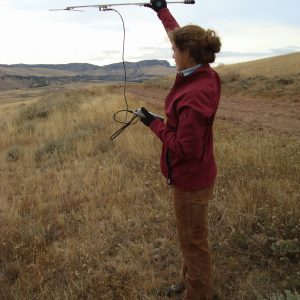Unlike most of my co-workers at the BLM (and most of Roswell in fact), I was curious about the whole alien thing upon arrival. I expected to see people in the streets dressed as sci-fi characters, preaching about how they will return and save/destroy humankind. That is not the case at all. Aside from the alien newsletter that only the 6 alien themes shops carry (which coincidentally is collaborated by the owners of those 6 shops), no one really cares about extra terrestrials. Despite this, something inspired me to watch sci-fi movies during my time here, as well as westerns. Anyway that’s all I have on aliens, “the truth is out there.”
As I finish up my last handful of days here, I realized that I learned a lot in the past five months. I learned about an ecosystem that I was completely unfamiliar with beforehand, regards to biology, geology, and a little anthropology. My favorite part was seeing new species of all kinds; crazy insects, succulent plants, variety of reptiles, new birds on my life list, and lots of big game mammals.
Something I didn’t expect to be a part of the job was the amount of manual/mechanical labor. What I mean by that is assembling wildlife waters, fixing fence, and using things like water pumps and tractors. I never experienced any of that before and now i can say that I am somewhat “handy.”
In my last post I mentioned that I was working on my own wildlife project dealing with species diversity in an old mesquite treatment. In case you were wondering, bird and plants species were greater on the treated side by about nine species each. Birds and plants were the easiest to observe, but i did notice differences in reptiles, mammals and insects too.
Also since my last post I helped with the Lesser Prairie Chicken surveys – it was really cool to see the males do their fall dancing display. Another great opportunity was helping with the Restore New Mexico tour organized by some folks in the office. Restore New Mexico is a program that is run primarily through the BLM but with other partners like US fish and wildlife, The Nature Conservancy, NM game and fish, ranchers, and several others. The office put on a tour of all the major projects they completed to show the partners where their money went. I assembled the booklet (which is harder than it seems), prepared posters, and helped clean up at each stop. Although that doesn’t sound like much fun, it was. I got to hear a lot of good speakers discuss what’s best for the land and have an awesome lunch.
I accomplished other things outside of work. I studied for the GRE and took that almost two weeks ago, which was not fun. I also participated in a 20 mile bike race and finished sixth, which was fun.
So overall, I had a great experience here in New Mexico. I learned a lot of great information, was able to go places that most people can’t, met cool people, see things unique to the region, and lots of valuable things that I may be forgetting right now. Now time to focus on that next step, whatever it might be.
Thanks everyone
Grant Izzo
Wildlife Intern-Roswell Field Office
Roswell, New Mexico














